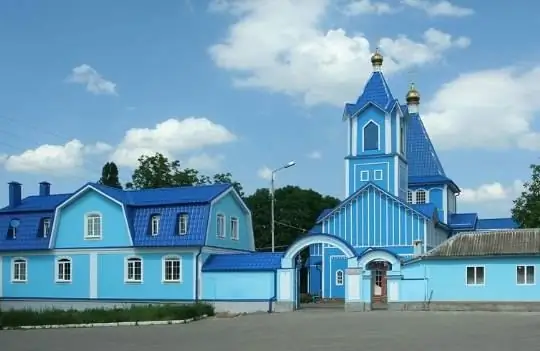
Description of the attraction
The Church of St. Nicholas the Wonderworker, located in the historical center of Essentuki, is one of the city's attractions. The temple arose simultaneously with the foundation of the Cossack village. The construction of the wooden church was started in the summer of 1825, and completed in the fall of 1826. The authors of the project of the church building were the famous Italian architects of that time - the Bernardazzi brothers. The church was built by local Cossack residents.
The Church of St. Nicholas the Wonderworker is a tent-roofed church in the shape of a cross. The solemn consecration of the church took place in the fall of 1826. In 1827, a stone wall with loopholes was built around the St. Nicholas Church, which made the territory around the church a kind of military fortification, in which the inhabitants of the village could find protection at the time of the enemy's attack. The fenced area could accommodate all residents with their household belongings and livestock. In addition, cannons were placed in the churchyard, and bells were announced about any danger. In 1837, the cannons in the churchyard fired salutes in honor of the arrival of Bishop Jeremiah and Emperor Nicholas I.
At the end of the XIX century. in connection with the growth of the village and the resort, the church of St. Nicholas the Wonderworker was rebuilt. The plank roof was replaced with an iron one, the number of bells increased to seven. A large chandelier was installed inside the church, the old iconostasis was replaced with a new one, and a wooden tent was erected over the altar.
The old Nicholas Church in Essentuki is a monument of Cossack valor and glory, as evidenced by four marble plaques with the names of the Cossacks who died and distinguished themselves during the Russian-Turkish (1877-1878) and Russian-Japanese (1904-1905) wars …
The Church of St. Nicholas the Wonderworker had an almshouse, parish patronage, a parish school, an archive and a library. The buildings in which all this was housed have survived to this day.






